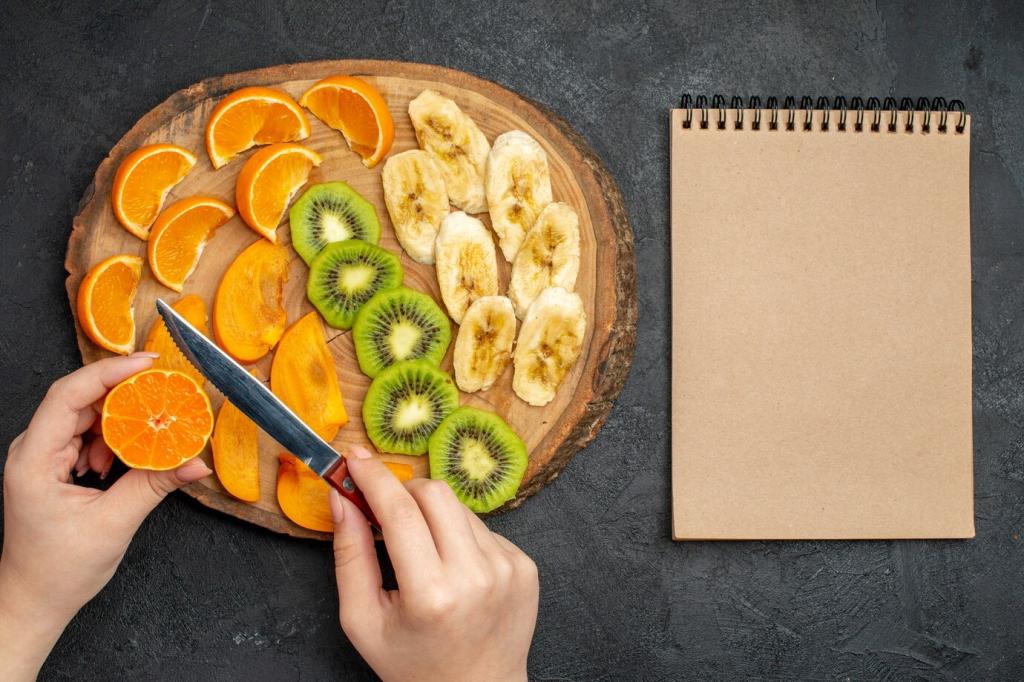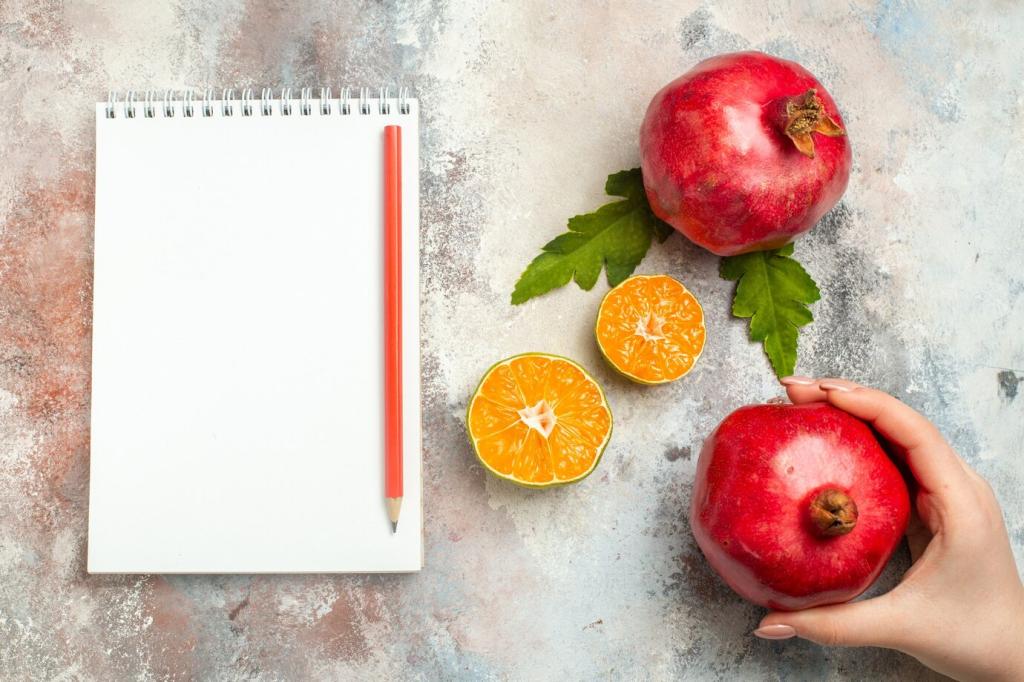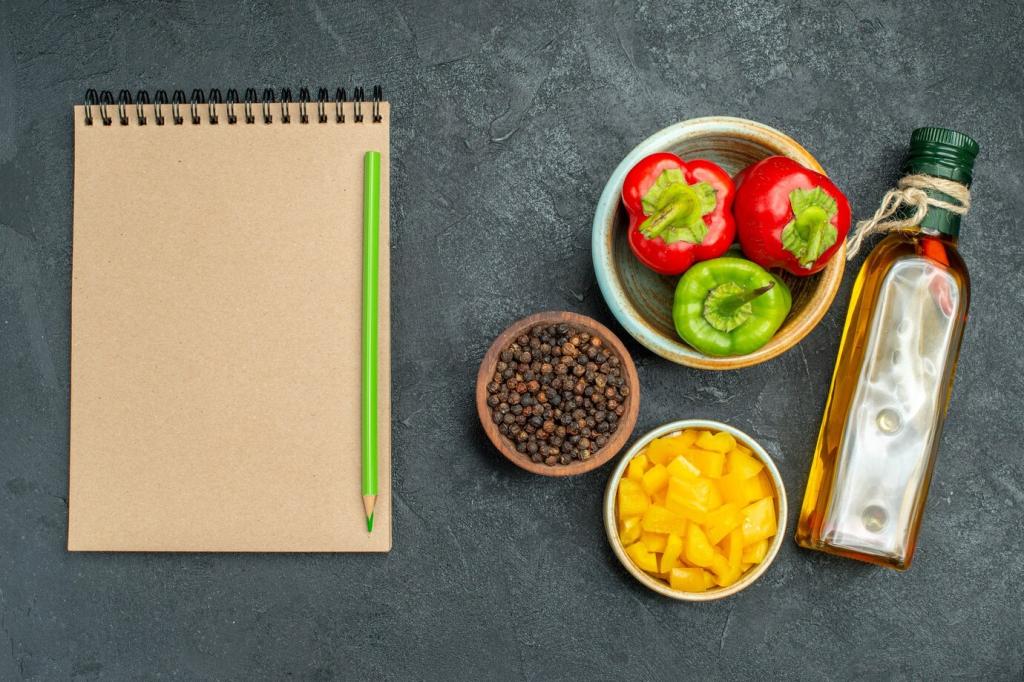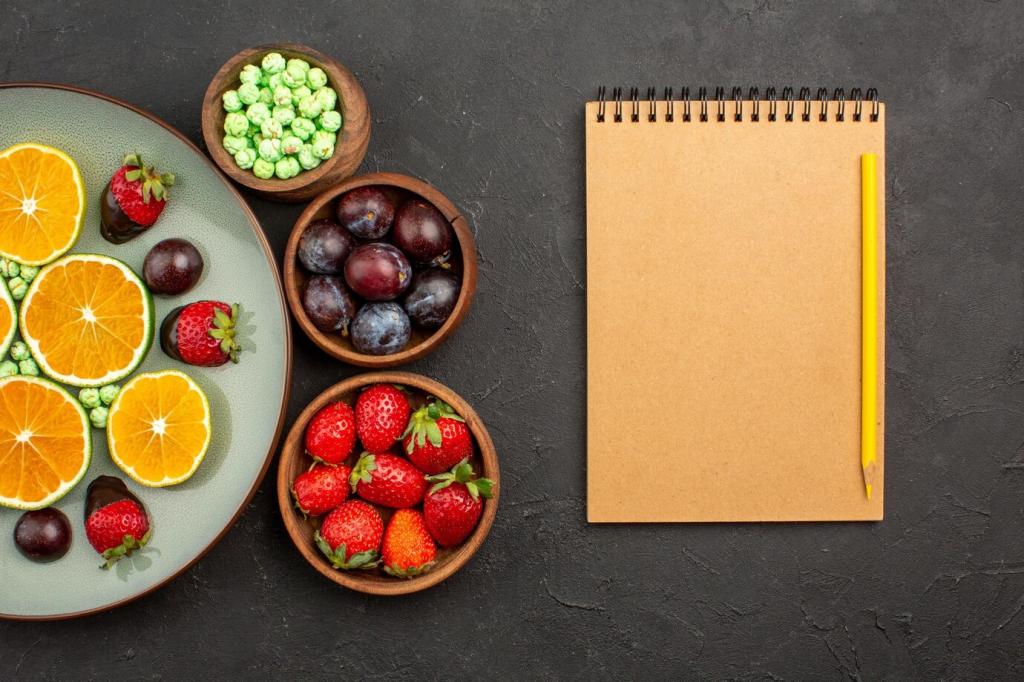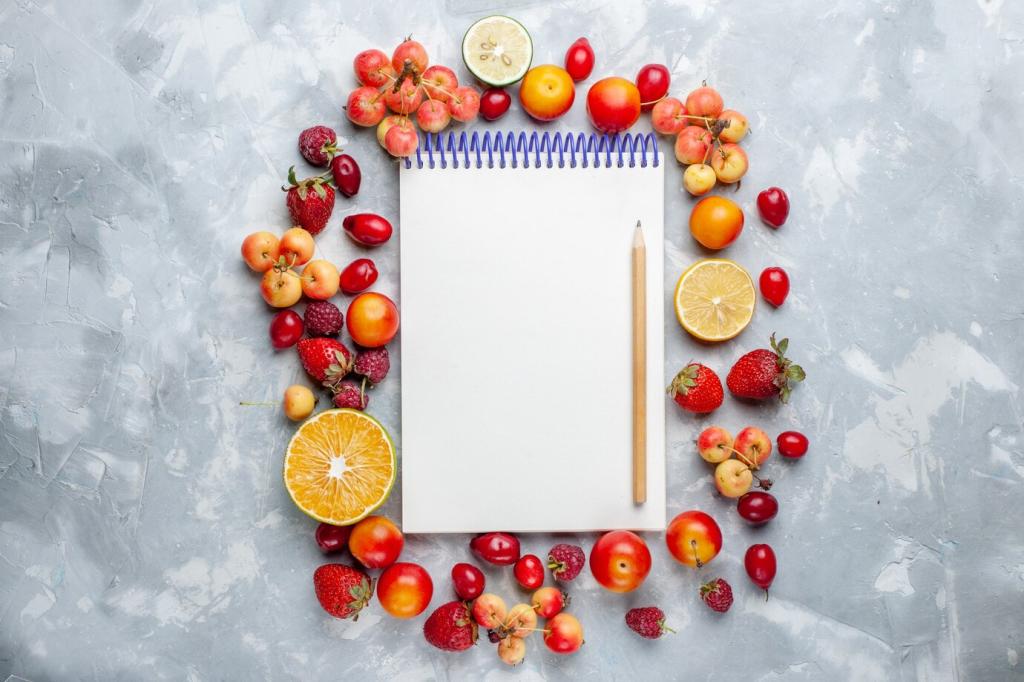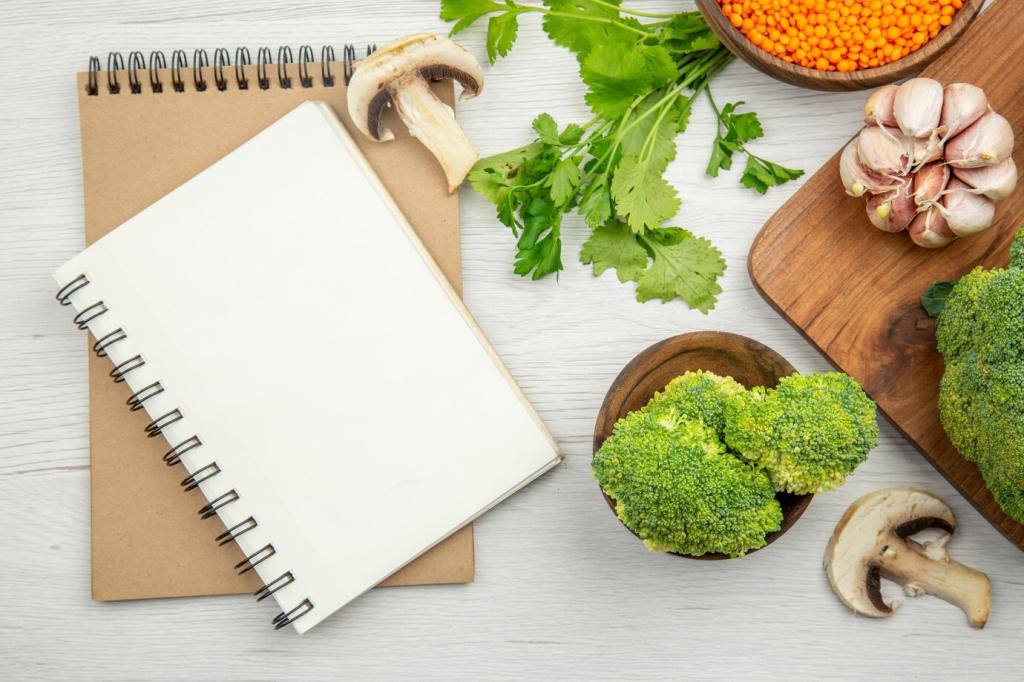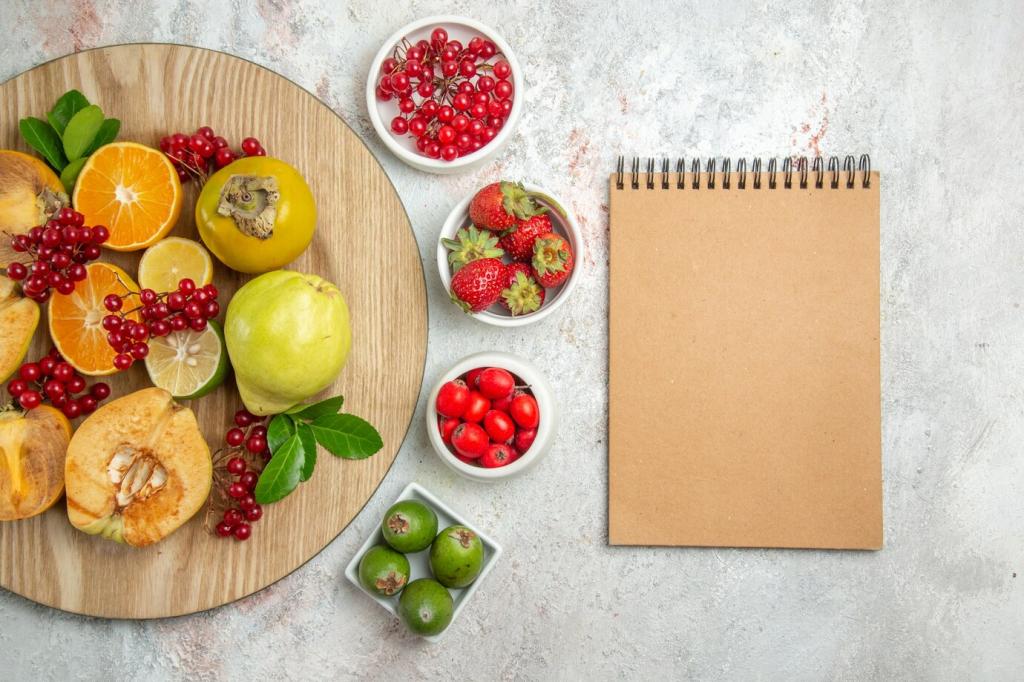Planning and Menu Engineering for Batch Production
Create a tomato master sauce that becomes arrabbiata, shakshuka, and pizza sauce with small tweaks. A single roasted vegetable mix can anchor grain bowls, wraps, and breakfast hashes. Cross-utilization cuts prep time while expanding perceived variety on your board.
Planning and Menu Engineering for Batch Production
Review last four weeks of sales by daypart, average them, and add a small buffer for weather or events. That number is your batch par. Adjust weekly and keep a visible chart for the team. Fewer stockouts, less waste—more calm during the rush.


